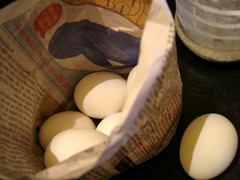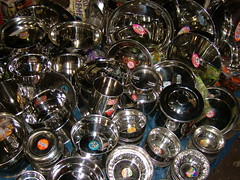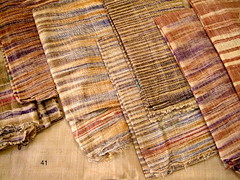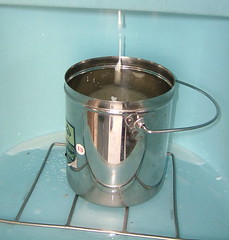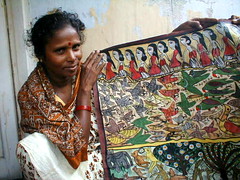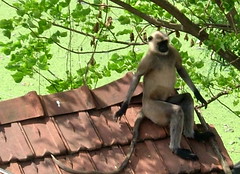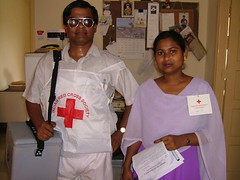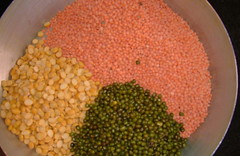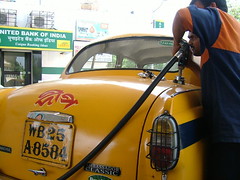R is for RECYCLING
The issue of recycling in India is a hugely complex one. Although the middle-class is discarding more and more waste, they take no responsibility for its separation into reusable resources. That's why we find women and children also picking through dangerous trash heaps to find recyclables like plastics, rags and paper. A recent trip to Dhapa, where all the city waste ends up, was a real personal awakening...Perhaps every Kolkata school child should take a field trip here soon.
